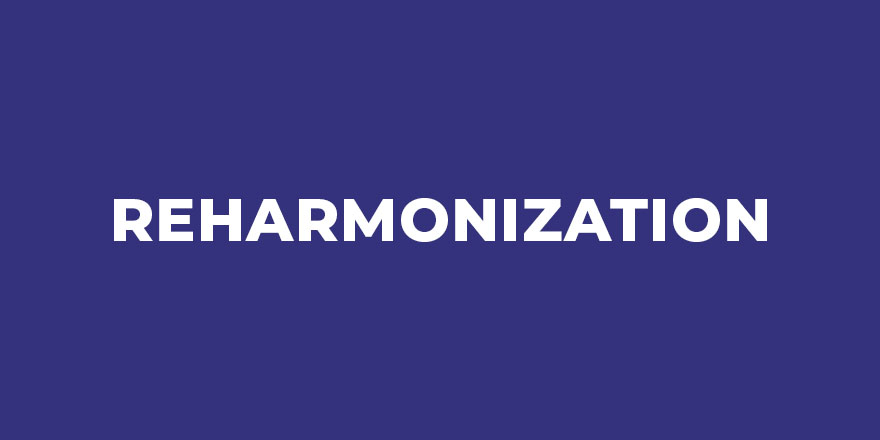Course Description
This course includes four hours of instruction and a study guide with classwork and examples. The harmony in a church hymnal is simplistic and not very interesting. If you play offertories and preludes or if you accompany, you typically are not locked into using that harmony. There are significant improvements that you can make.
Reharmonization is Greg Howlett’s passion, and you’ll see why this is his favorite course. This intense 4-hour experience will give you a huge toolbox filled with things that will take your music to a new level.
There are three major sections in this course, because reharmonization occurs in three ways:
- Adding notes to boring chords to make them more interesting.
- Changing one chord for another (chord substitutions).
- Completely replacing existing harmony with better harmony.
Here are specifics about what you will learn:
- Review of triads (the basic building block of modern music)
- Seven more complex chords that you have to know and how to create them from triads
- Exactly how to add 7ths to your church music and make them sound good
- The importance of secondary dominants
- Adding color notes (9ths, 11ths, and 13ths)
- The powerful IV/V (suspended dominant) chord
- Cool voicings of complex chords
- Basic chord substitutions
- The universal rule of chord substitutions explained
- Functional harmony
- How to replace the entire harmony in a song with new and improved harmony
When you finish this class, you will feel like you have been hit over the head with a 10 lb theory book, and you will know many things that pianists with masters and/or doctors degrees in music do not know. You may have to watch this one a few times, but it will completely revolutionize your sound.
A 32-page study guide with illustrations and assignments is included.
Suggested Prerequisites
We suggest that you know the following to be able to understand this course:
- How to read music (general basics such as naming notes, counting, key signatures, etc.).
- Basic theory. You need to know how to play a major scale. Ideally, you can build simple chords such as major and minor triads. If you need help in this area, consider purchasing Theory for Church Pianists.
- How to identify chords and chart a song. You should be able to work through a typical song in the hymnal and write in the chords you see. If you need help in this area, consider purchasing the course How to Chart a Song.
You must log in to submit a review.

